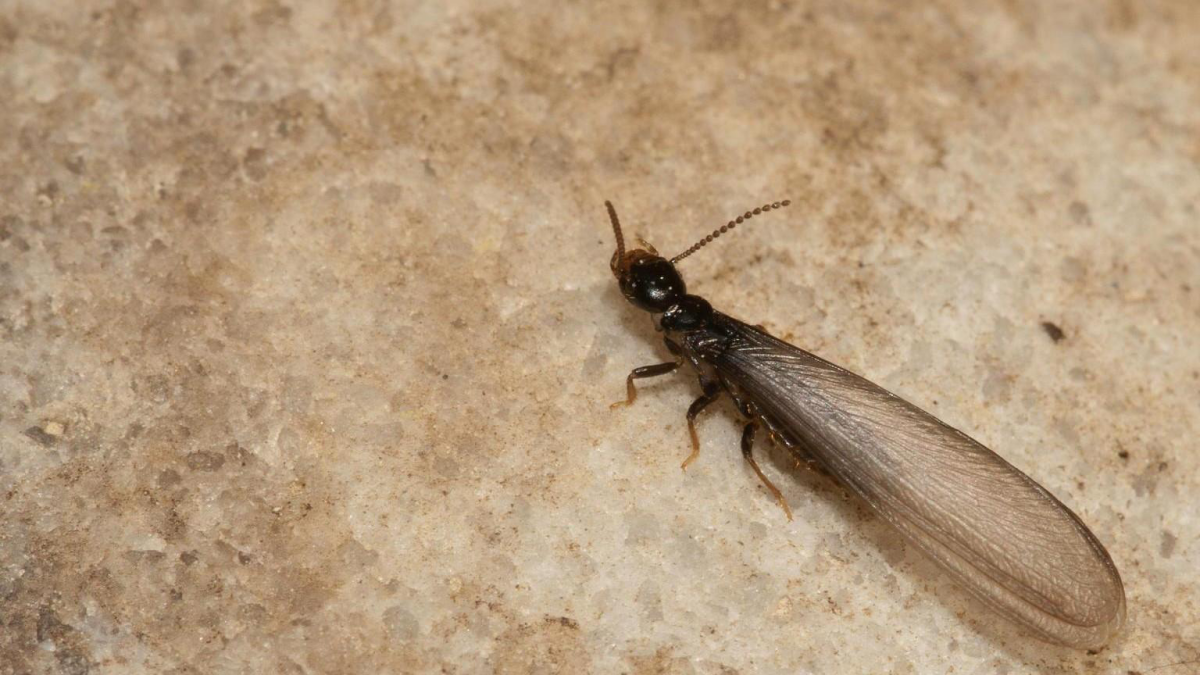Termite Look-alikes: 7 Bugs That Look Like Termites
Imagine settling into a cozy evening at home, only to have it interrupted by the sight of a small, scurrying insect on your floor. Instantly, you wonder: could it be a termite? It’s a common concern. However, hold off on calling the exterminator just yet. Not every tiny bug with a penchant for wood is a termite. In reality, various insects can be easily mistaken for these notorious pests. This leads to frequent misidentifications. That’s why today we’re going to explore some of the bugs that look like termites. These look-alikes may share some similarities with our feared wood-destroying friends, […]
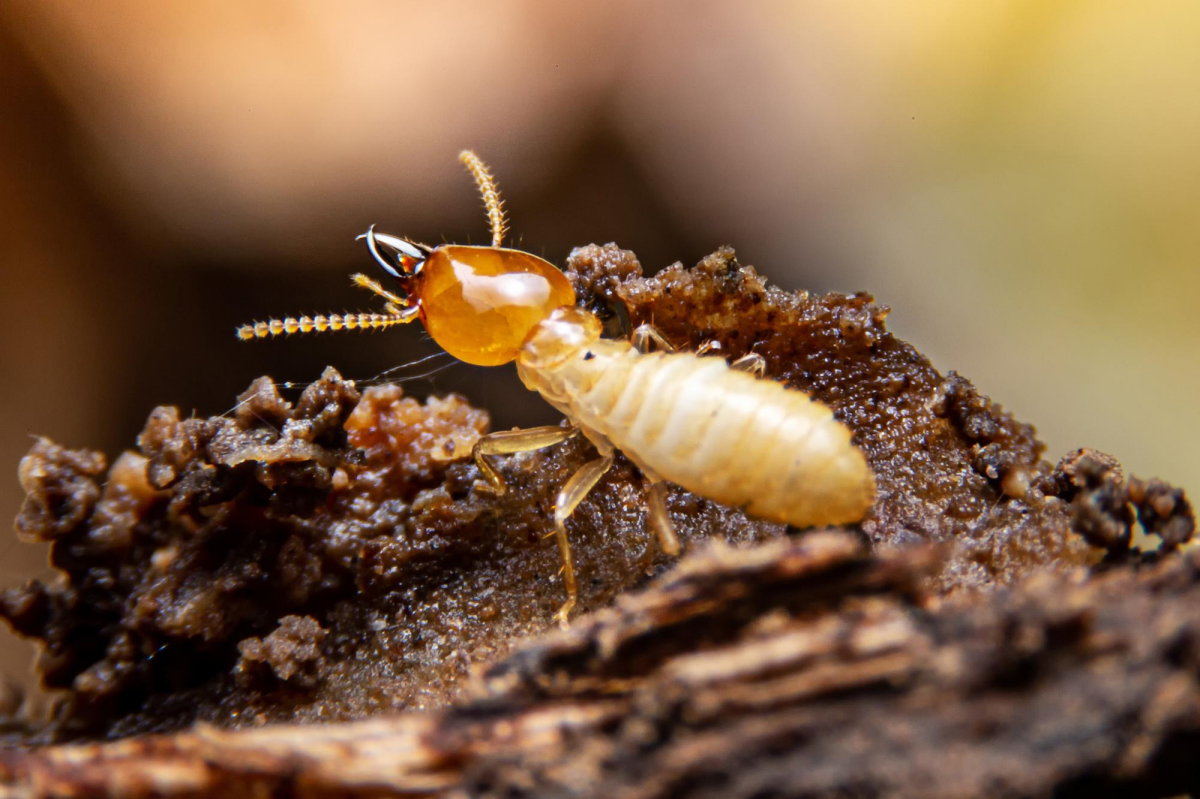
Imagine settling into a cozy evening at home, only to have it interrupted by the sight of a small, scurrying insect on your floor. Instantly, you wonder: could it be a termite? It’s a common concern. However, hold off on calling the exterminator just yet. Not every tiny bug with a penchant for wood is a termite. In reality, various insects can be easily mistaken for these notorious pests. This leads to frequent misidentifications. That’s why today we’re going to explore some of the bugs that look like termites. These look-alikes may share some similarities with our feared wood-destroying friends, but a closer look reveals significant differences. So, let’s dive into the fascinating details of these imposters. We will help you easily distinguish the real termites from their harmless doppelgängers.
Let’s explore some of the bugs that look like termites

Bugs That Look Like Termites
The mistake of misidentifying a pest in your home can be more than a minor mishap. Incorrectly identifying an insect as a termite can lead to the use of wrong treatment methods and, of course, unnecessary anxiety. Termites, after all, are infamous for their appetite for wood. However, they are also often confused with a variety of other insects that are relatively harmless. Distinguishing these look-alikes from actual termites requires a keen eye. However, once you know what makes each bug’s unique, you’ll have no problem identifying your critter. Today, we’ll don our detective caps and embark on a journey to differentiate these termite imposters. By learning about these imposters, you’ll be better equipped to identify the real threat to your home. This will ensure that your pest control measures are both appropriate and effective.
Termites are infamous for their appetite for wood
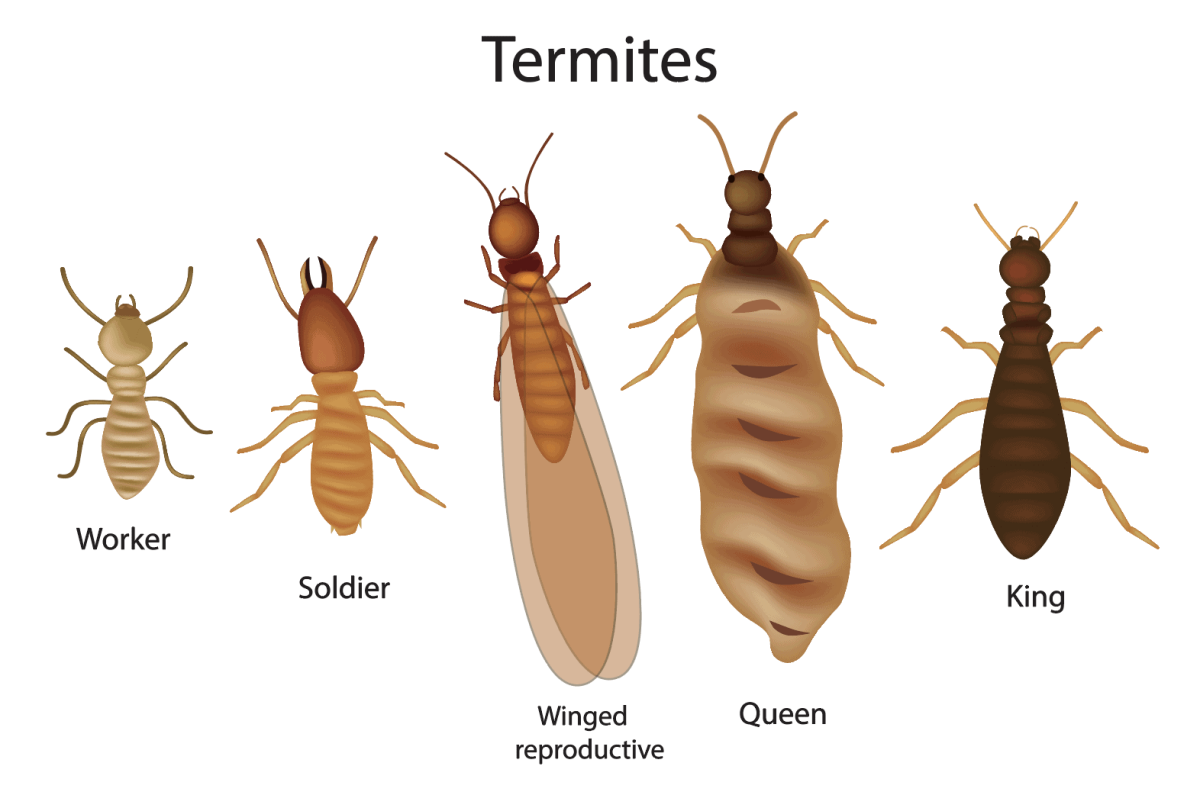
Carpenter ants
Carpenter ants are often mistaken for termites. These ants are the masters of disguise in the insect kingdom. Their love for wood might be similar, but they differ significantly in their physical structure and behavior. Unlike the straight-bodied termite, carpenter ants possess a distinct waist and elbowed antennae. This makes them easily distinguishable upon closer inspection. These ants don’t actually eat wood. Instead, they excavate it to build their nests, which can be a tell-tale sign of their presence. The discovery of carpenter ants in your home shouldn’t be taken lightly. While they aren’t as destructive as termites, their nesting habits can signify other issues. Their presence can mean there is a moisture problem within your home’s structure. Identifying these ants is not just about pest control. It’s also about proper home maintenance.
Carpenter ants are often mistaken for termites

Powderpost beetles
Powderpost beetles may be small, but their impact on wood can be devastating. These tiny insects are often confused with termites due to their destructive nature. However, their method of damaging wood is different. Powderpost beetles bore into wood and leave behind a fine, powdery sawdust as evidence of their presence. They are generally smaller than termites and have a particular affinity for hardwoods. This preference makes them a significant threat to antique furniture and other valuable wooden items. If you notice powdery residue near your wooden possessions, it might be time to inspect for these subtle, yet harmful pests. Their presence requires prompt attention to prevent serious damage to your cherished woodworks.
Powderpost beetles bore into wood and leave behind powdery sawdust
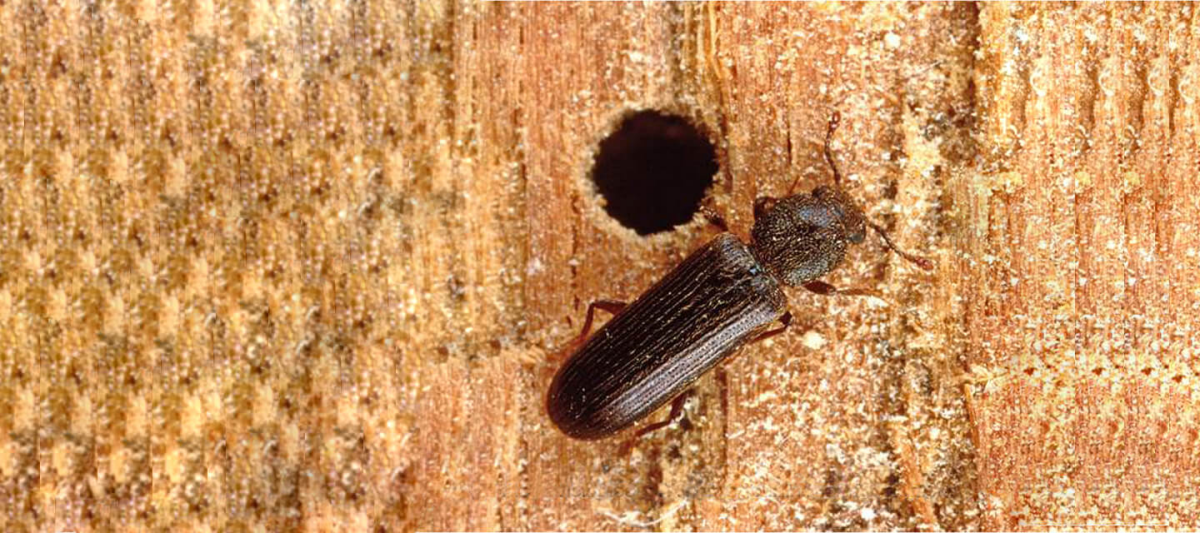
Wood wasps
Wood wasps are sometimes called horntails. These bugs are also often mistaken for termites due to their presence around wood. They possess long, slender bodies and a noticeable spike at their rear. This will help you differentiate them from termites. These insects do not actually consume wood. Instead, their larvae use dead or dying wood as a habitat, a stark contrast to the wood-eating habits of termites. The presence of wood wasps is usually more alarming than harmful, as they do not pose a significant threat to the structural integrity of wood. However, their appearance can still be concerning for homeowners unaware of the key differences between these wasps and termites.
These insects do not actually consume wood
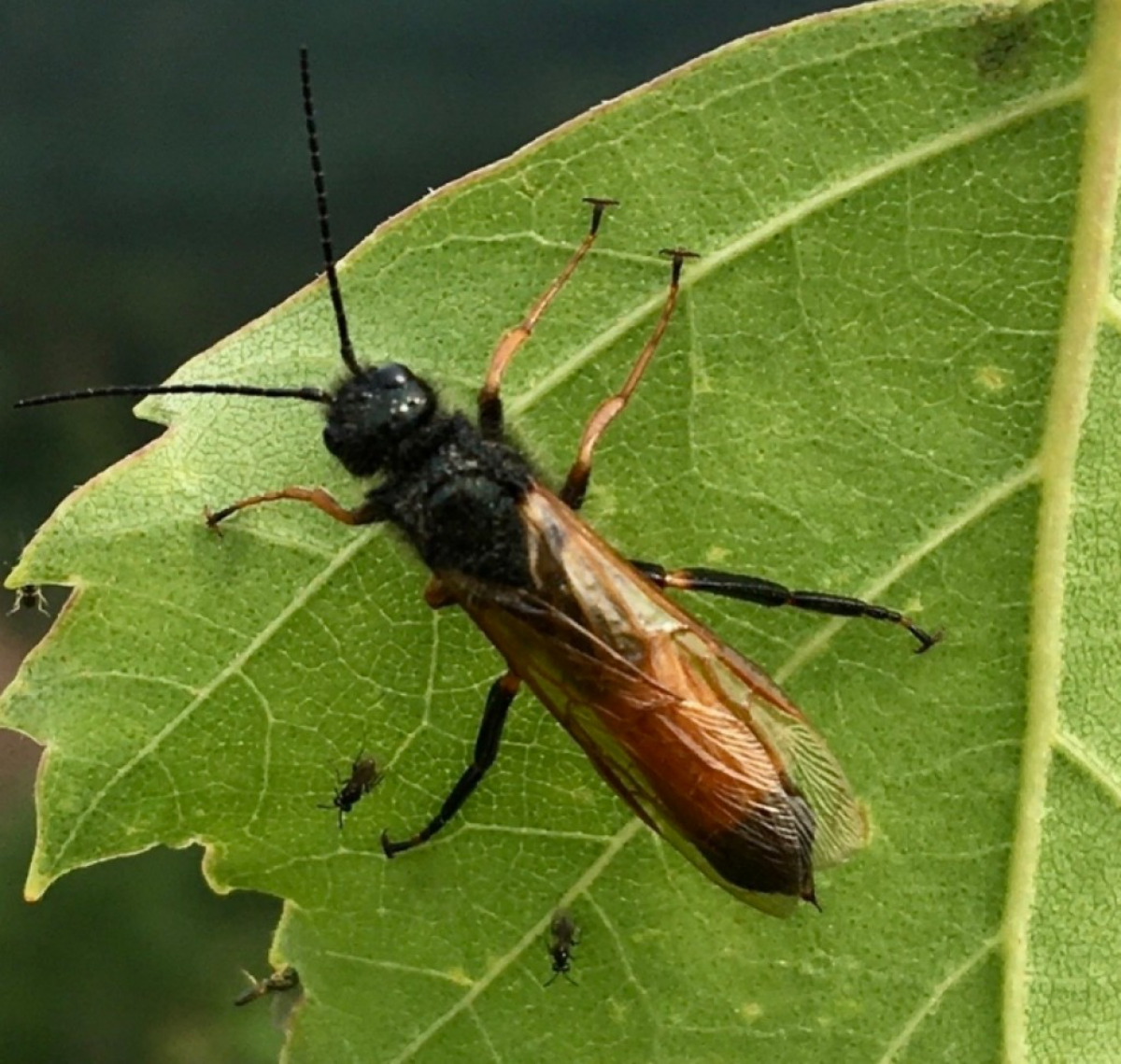
Bark beetles
Bark beetles are tiny yet capable of causing significant damage, particularly to trees. At first glance, they might be mistaken for termites. However, they have distinct characteristics that set them apart. These beetles have hard, cylindrical bodies and typically infest stressed or weakened trees. Termites, on the other hand, target healthy wood structures. Bark beetles bore into the bark of trees and creating complex galleries where they live and reproduce. The damage caused by these beetles can be extensive. This leads to the decline and death of trees. They play a crucial role in forest ecology but can become a problem in urban settings, where they might attack ornamental or landscape trees. Recognizing and managing bark beetle infestations is essential in maintaining the health and beauty of your green spaces.
Bark beetles are tiny yet capable of causing significant damage

Acrobat ants
Acrobat ants earn their name from their unique ability to raise their abdomen over their thorax and head. They do usually do this when disturbed. These ants are often mistaken for termites due to their nesting habits in wood. However, they are distinguishable by their heart-shaped abdomen and ability to walk in an acrobatic manner. Unlike termites, acrobat ants don’t feed on wood. They excavate it to create their nests, often in wood previously hollowed out by other pests. But keep in mind that these ants can indicate an underlying moisture problem or previous termite damage in your home. While not as destructive as termites, their presence can be a nuisance and may warrant a closer look at the health of your wooden structures.
They are distinguishable by their heart-shaped abdomen

Carpenter bees
Carpenter bees resemble bumblebees. But they are often confused with termites due to their wood-boring habits. Unlike termites, these solitary bees carve out nests in wood and create perfectly round holes to lay their eggs in. They prefer untreated, weathered wood. So, they are often targeting eaves, window trims, or deck rails. Carpenter bees don’t eat the wood but remove it to build their nests. While they are less destructive than termites, their nesting can cause cosmetic and structural damage over time. Female carpenter bees can be territorial, but they are generally not aggressive unless provoked. Recognizing and managing carpenter bee infestations early is important to protect wooden structures from their drilling activities.
Carpenter bees don’t eat the wood but remove it to build their nests
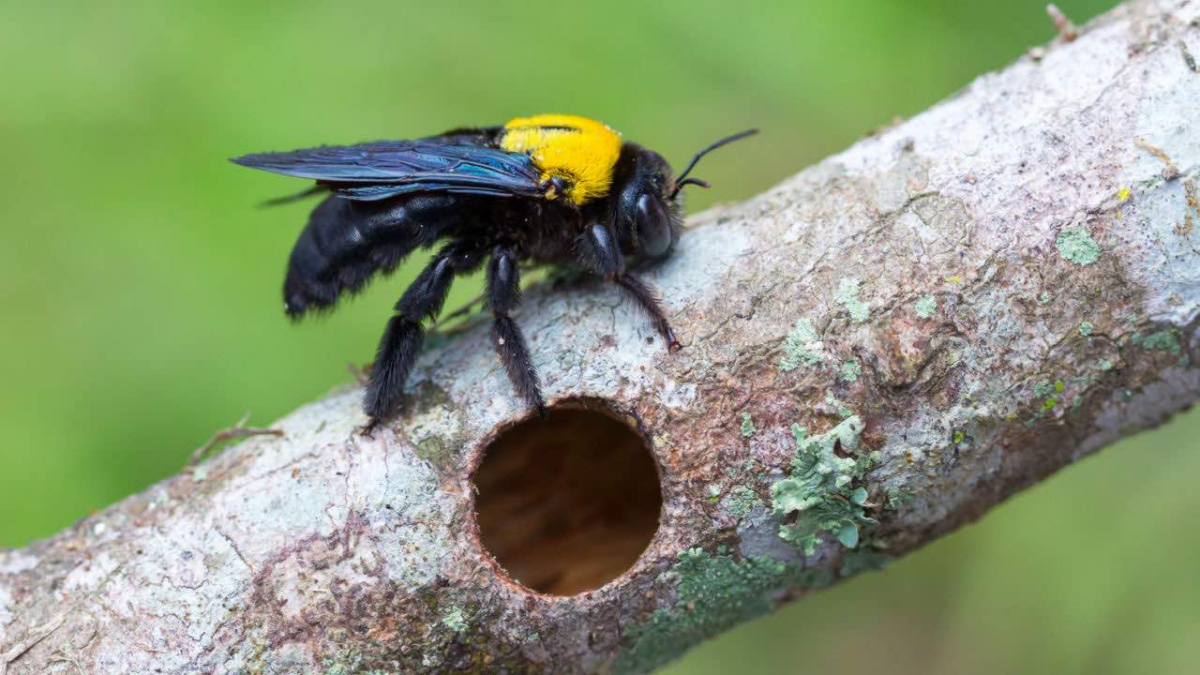
Mayflies
Mayflies have slender bodies and transparent wings. These bugs can sometimes be mistaken for winged termites, especially during their swarming season. However, these insects have a completely different life cycle and habitat preference. Mayflies are aquatic insects. So, they spend most of their life as nymphs in water before emerging as adults to mate. They are known for their short adult lifespan, often just a few hours to a day. Unlike termites, mayflies do not pose a threat to wooden structures or homes. Their appearance is more of a natural spectacle than a cause for concern, often signaling a healthy aquatic environment nearby. Understanding the harmless nature of mayflies can alleviate concerns when they are spotted in large numbers near homes.
Mayflies are aquatic insects

FAQs
Do termites bite people?
Termites are not known to bite humans. They primarily feed on wood and other cellulose-based materials. While they have the capability to bite, termites rarely, if ever, bite humans. Their main focus is on consuming wood, which is necessary for their survival and the survival of their colony.
Their main focus is on consuming wood

Can you tell if you have termites?
Detecting termites involves looking for specific signs. These include visible termite swarms, discarded wings, mud tubes on exterior walls, wood that sounds hollow when tapped, and crumbling or damaged wood. Regular inspections by a professional can also help identify an infestation early.
Detecting termites involves looking for specific signs
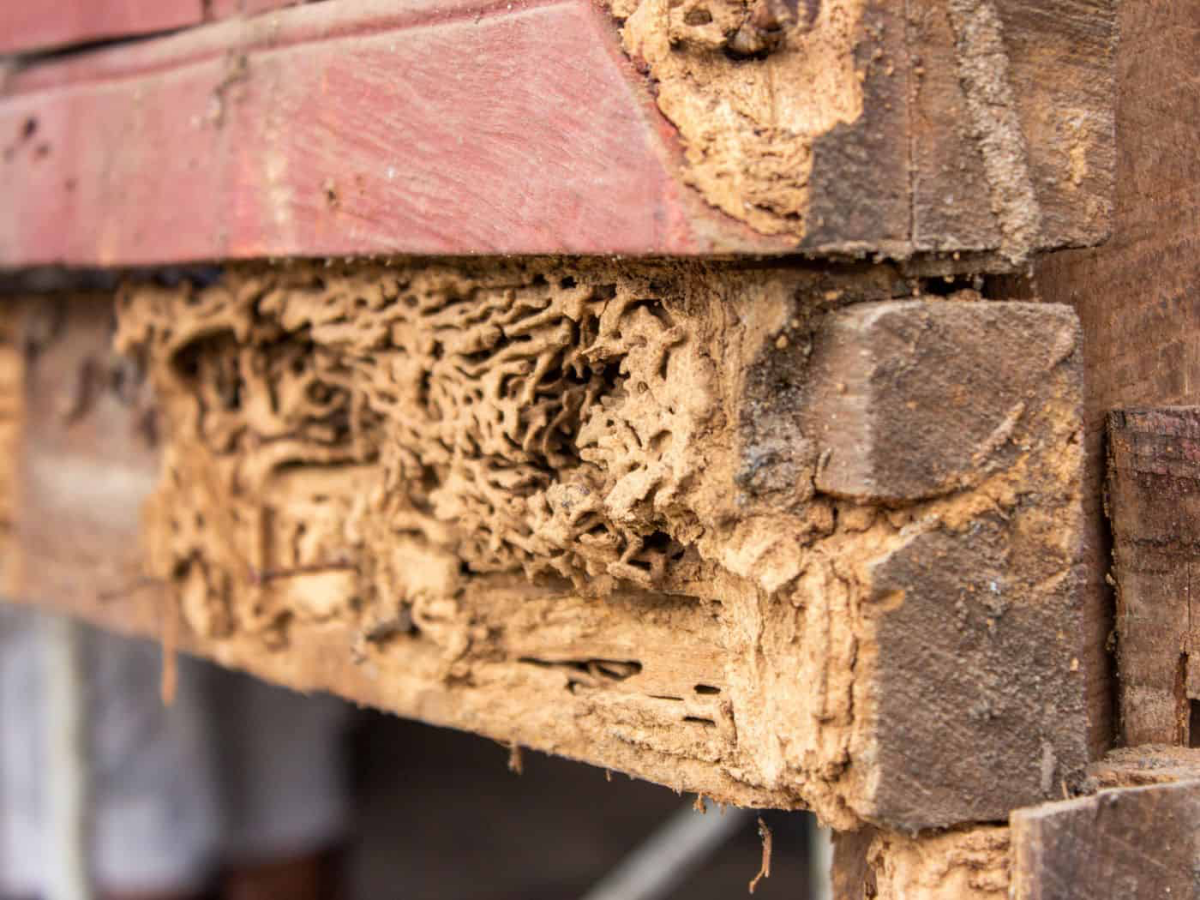
Can termites fly?
Yes, certain types of termites can fly. These are known as alates or swarmers, and they are the reproductive members of the termite colony. They typically emerge to mate and establish new colonies. These flying termites have wings, but after they have swarmed, they shed their wings.
Certain types of termites can fly
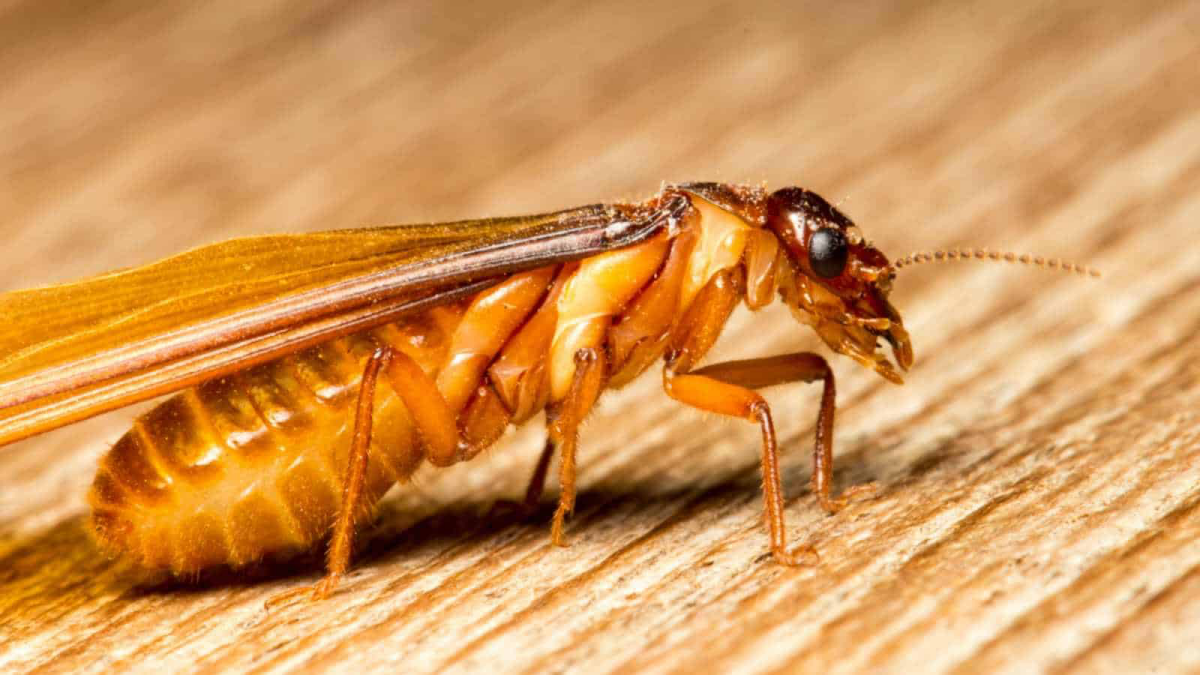
Do termites spread?
Termites can spread from their original colony to establish new colonies. This usually happens when the winged termites (swarmers) leave to mate and start new colonies. Termites can infest multiple areas in a building and can even spread to neighboring structures, especially in densely populated areas.
Termites can infest multiple areas in a building

What kills termites instantly?
There is no method to kill termites instantly on a large scale. However, for localized treatment, direct chemical treatments such as termiticides can be effective. These include sprays and foams that can be applied directly to the infested area. For a more comprehensive solution, professional pest control services are recommended as they can address the entire colony.
Direct chemical treatments such as termiticides can be effective

These are some common bugs that look like termites. Understanding the differences between termites and their look-alikes is more than a lesson in entomology. It’s a crucial step in ensuring proper pest control in your home. While it’s always best to consult with a professional for accurate identification and treatment, being informed can help you take the first steps in protecting your home. So, the next time you spot a suspicious bug, take a moment to observe. It might just be a harmless imposter!
These are some common bugs that look like termites
